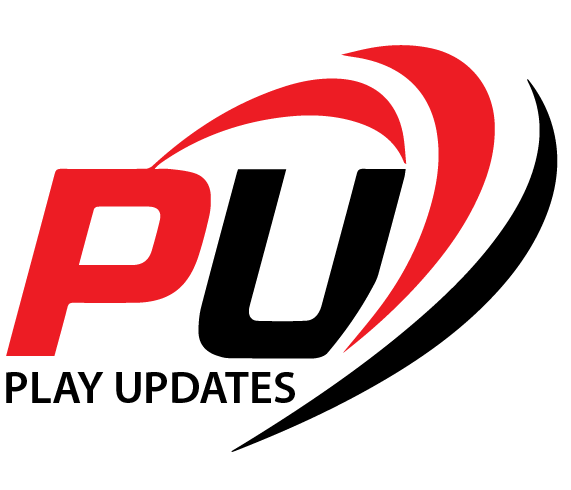
Introduction
A nameserver is a key part of the internet infrastructure that helps to direct traffic to the right website. It is an essential tool to connect your domain name to the right web hosting server, allowing your website to be visible on the web. This article will provide a complete guide to a nameserver and how to set it up. We’ll also cover the various types of nameservers and the benefits of using a nameserver. Finally, we’ll discuss how to troubleshoot nameserver issues in case you experience any issues. So if you’re ready to learn the basics of nameservers, let’s get started!
What is a Nameserver? Explain.
A Nameserver is a server that translates a domain name to an IP address. It takes a domain name – such as example.com – and looks up the corresponding IP address – such as 123.456.78.90 – in its database. It enables a web browser to find and access the website associated with that domain. Nameservers are a vital part of the internet infrastructure and are used to allow computers to connect to websites.
Benefits of Using a Nameserver
A nameserver is an essential element of the internet, providing a crucial link between domain names and their corresponding IP addresses. Businesses, individuals, and organizations can better manage their domain names by utilizing a nameserver, directing visitors and users to the correct website or application. Furthermore, nameservers can help protect your website from malicious attacks and prevent downtime. They also enable users to access websites and applications quickly since their DNS records are cached and stored on the server, allowing faster resolution times. It ultimately leads to a better user experience and improved website performance. Additionally, nameservers can help organize and monitor website traffic, helping businesses better understand their customers and optimize their online presence.
Types of Nameservers
A Nameserver is a computer program that translates human-readable domain names into computer-readable IP addresses. There are two main types of Nameservers: authoritative and recursive. Authoritative Name Servers store information about the domain names, such as IP addresses, mail servers, and other data. Recursive Nameservers are responsible for requesting and retrieving information from the authoritative Nameservers when a domain name is requested. Both Name Servers types are necessary for the proper functioning of the Domain Name System (DNS).
Setting Up a Nameserver
Setting up a nameserver is an essential step in creating a successful website. A nameserver is a server that translates a domain name into an IP address, which allows users to locate your website. Setting up a nameserver requires a thorough understanding of DNS, or Domain Name System, and the ability to configure the server with the right information. It is important to use a reliable nameserver, as any mistakes can lead to website outages or slow loading times. Furthermore, the nameserver must be configured to the domain name to ensure the website is accessible. To ensure a successful setup, research the DNS process and understand the technology used.
Troubleshooting Nameserver Issues
Nameserver issues can be frustrating when trying to resolve website or domain name issues. If you’re having difficulties with your nameserver, Here are a few troubleshooting steps that you can try and resolve the issue. First, make sure the DNS records for your domain name are properly configured with the correct IP address. You may also want to check that your hosting provider is configured correctly and that their DNS servers are synchronized with your domain name registrar. Additionally, you should test your domain name using online tools to ensure it resolves correctly. If it does not work, you may need to contact your hosting provider such as http://onohosting.com/ or domain name registrar for further assistance.
Nameserver Basics
A nameserver is a server that stores and manages domain name system (DNS) information. It is responsible for resolving domain names to numerical IP addresses and is a fundamental part of the internet. A nameserver is also used to store information about the mail server, subdomains, and other services associated with the domain name. Understanding nameserver basics is essential for any webmaster or system administrator wanting control over their domain names. Setting up a nameserver rightly is critical for the performance of the domain and its associated services.
Conclusion
Nameservers are an essential component of the internet, providing the ability to find and connect to websites and services worldwide. By understanding their purpose, benefits, types, and setup, you can ensure that your domain name is properly linked to your website and services. Having a basic understanding of nameservers can help you troubleshoot any issues you may encounter in the future. With the right setup and some knowledge of nameservers, you can ensure your website is always up and running and accessible to the world.







